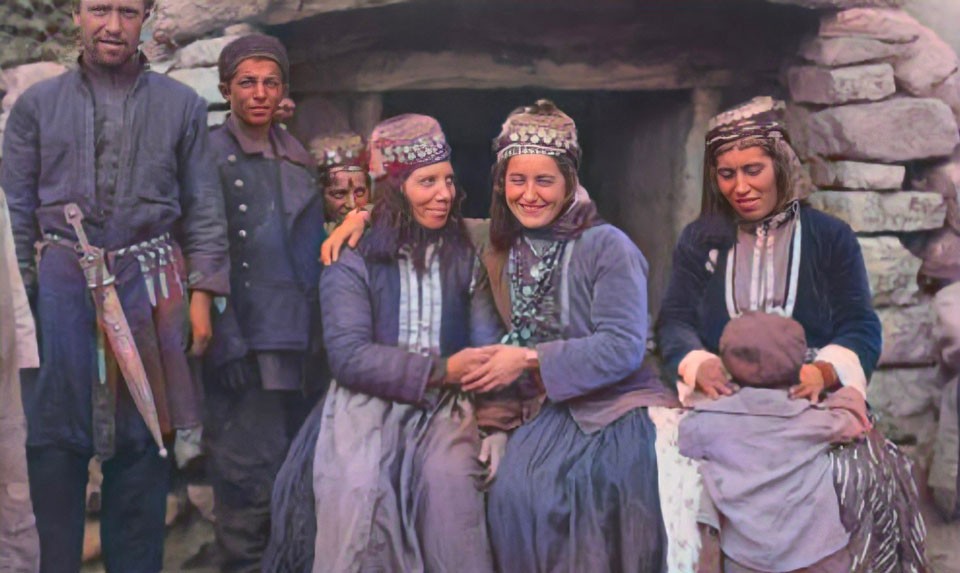Yazidis In Armenia
Armenian Yazidis are a subgroup of Yazidis settled in Armenia, where they form the largest minority group. They are recognized as a distinct ethnic group in Armenia and are well integrated into the Armenian society, with freedom of religion and non-interference in their cultural traditions.
Yazidism is a monotheistic faith based on belief in one God, who created the world and entrusted it into the care of a Heptad of Seven Holy Beings, often known as Angels or Heft Sirr (The Seven Mysteries). Preeminent among these is Melek Taus, the Peacock Angel.
Several Yazidi temples exist in Armenia, including the world's largest temple Quba Mere Diwane in Aknalich, which was opened in 2020. In 2021, the national theater of Yazidis was also opened in Vagharshapat.
Many Yazidis came to the Russian Empire (now the territory of Armenia and Georgia) during the 19th and early 20th centuries to escape religious persecution, as they were oppressed by the Ottoman Turks and the Sunni Kurds who tried to convert them to Islam.
The Yazidis were massacred alongside the Armenians during the Armenian Genocide, causing many to flee to Russian-held parts of Armenia. The first ever Yazidi school was opened in Armenia in 1920.
The number of Yazidis in Armenia is estimated as between 30,000 and 50,000. There are 22 rural settlements in Armenia with Yazidi majority. The biggest Yazidi village in Armenia is Verin Artashat in Ararat Province with 4,270 residents.
Yazidis keep an ancient nomadic lifestyle and live by breeding cattle and sheep. In the spring Yezidi families take their herds and flocks into the mountains for summer grazing. They stay there seven months until the first cold autumn weather. The shepherds move their camp every couple of weeks, grazing and living on mountain slopes at a height of up to three thousand meters.











